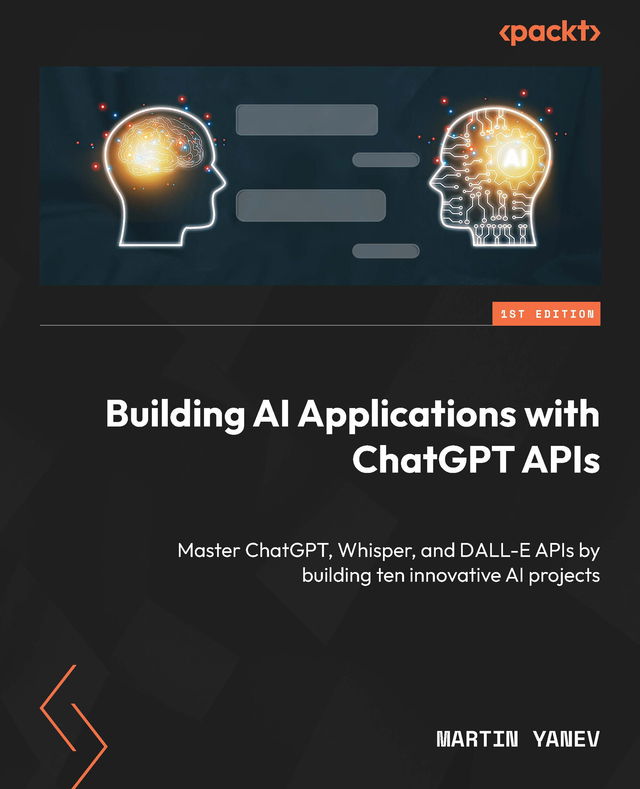This minibook is a comprehensive guide for Python developers who want to learn how to build applications with large language models. Authors Olivier Caelen and Marie-Alice Blete cover the main features and benefits of GPT-4 and ChatGPT and explain how they work. You'll also get a step-by-step guide for developing applications using the GPT-4 and ChatGPT Python library, including text generation, Q&A, and content summarization tools.
Written in clear and concise language, Developing Apps with GPT-4 and ChatGPT includes easy-to-follow examples to help you understand and apply the concepts to your projects. Python code examples are available in a GitHub repository, and the book includes a glossary of key terms. Ready to harness the power of large language models in your applications? This book is a must.
You'll learn:
- The fundamentals and benefits of ChatGPT and GPT-4 and how they work
- How to integrate these models into Python-based applications for NLP tasks
- How to develop applications using GPT-4 or ChatGPT APIs in Python for text generation, question answering, and content summarization, among other tasks
- Advanced GPT topics including prompt engineering, fine-tuning models for specific tasks, plug-ins, LangChain, and more




